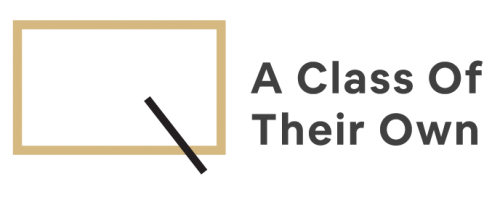A Class Of Their Own: The lecture as performance art

In this series, NUS News profiles the outstanding educators who have inspired generations of students at the University.
What makes a lecture special?
“There’s nothing like a live performance,” says NUS Engineering’s Professor Seah Kar Heng. “My classes are so entertaining they don’t sleep.” And so for one and a half hours, he holds the full attention of his students, imparting engineering wisdom that many of them remember for years after.
It is no surprise then that the charismatic professor has regularly won multiple teaching accolades over his nearly four decades with the Department of Mechanical Engineering, and is loved by each batch of students he teaches.
Background
Turning down a music scholarship to London while he was in high school, Prof Seah graduated from the University of Southampton in 1975 with First Class Honours in Mechanical Engineering on the Colombo Plan scholarship and the President’s Scholarship. After completing his national service and a short stint in PWD as an engineer, he subsequently obtained his MSc and PhD in Mechanical Engineering from Queen’s University, Canada, in 1980 and 1982 respectively.
Since completing his PhD, he has been teaching at NUS, with 2020 marking his 37th year with the university.
The experienced educator has taught countless classes in subjects ranging from Manufacturing Processes to Automotive Engineering, to audiences of undergraduates or working professionals.
The “guide on the side”
Prof Seah came up with his own ideas on teaching, building up experience beginning with teaching tutorials while in graduate school in Canada. To him, being an educator is all about helping students learn. “I’m just a facilitator,” he says. “Those who can learn on their own don’t need me. Those who won’t learn at all also don’t need me. It’s those in the middle that need a bit of facilitating, and then they can flourish.”
Prof Seah believes that the lecturer’s role is more than just delivering knowledge to the students, and has shifted towards helping them think and learn for themselves. As he puts it, “Now we are not a ‘sage on the stage’, we are a ‘guide on the side’.”
Encouraging intellectual independence also helps students prepare for the workplace. “When the students go out to work, there is no such thing as a closed book,” he says. “I don’t want students to just memorise everything for the exam and after that they forget it. I want them to behave like engineers because that’s what they’re going to become.”
True to his views, he was the first to set open-book examinations for core engineering modules in NUS. Today it is not uncommon to see open-book finals for many modules, reflecting this approach to teaching.
Learning by example
It’s not just the students who learn through classes; Prof Seah also learns alongside his students, relishing the chance to pick up something new while preparing for his classes or fielding questions from students.
Recently, he co-taught the Asking Questions module, where six professors from different fields across the University teach students critical thinking. In preparing for the tutorials, Prof Seah found himself needing to pick up some unfamiliar topics, including philosophy and social science. “I tell my students, ‘I’m also learning together with you. I’m not a social scientist, I’m not in humanities, but I also have to learn,’” he says.
Practising what he preaches, the success of the NUS Formula SAE race car project is testament to the power of learning by example. Prof Seah has been the advisor of the NUS Formula SAE race car project since its inception in 2001 – but he was originally no expert on Formula racecars. He had been approached by the inaugural batch of students to advise the team, and together they learnt about the intricacies of building a racecar, aided by knowledge from his hobby of maintaining cars. Now after guiding multiple iterations of the team over nearly two decades, he can say he “knows what works, and what doesn’t”.
Teaching as performance
On the topic of Prof Seah’s lectures, NUS Mechanical Engineering undergraduate Constantine Chua had this to say: “His lectures were pretty much a break from all the other Mechanical Engineering core modules we were taking, and an overall relaxing experience.”
How could a topic like Engineering be “relaxing”?
A little passion goes a long way in making learning seem like fun rather than a chore, so Prof Seah builds their interest for the subject he teaches, letting his own passion spill over to them. Sometimes the topic itself needs little help to sustain their interest, like when he discusses safe materials for plastic bottles in his Manufacturing Processes class – who hasn’t thought about it while drinking from one? “I make it affect them. I tell them, what I teach you is a matter of life and death,” he says.
Other times, a livelier approach is needed. Perhaps influenced by his lifelong passion for music and opera, Prof Seah sometimes literally takes teaching as a performance. A well-played flute solo of The Moon Represents My Heart in lecture left a lasting impression on all present, and primed them to learn how flutes are made.
“It’s a very different feeling experiencing such moments live in person,” Constantine says. “The students found an engineering lecture that was worth not watching on webcast as we would probably miss out on such unpredictable but amusing moments.”
When the students are invested in learning for themselves, it is a success for Prof Seah.
This is the third instalment of a series on outstanding educators at NUS.





